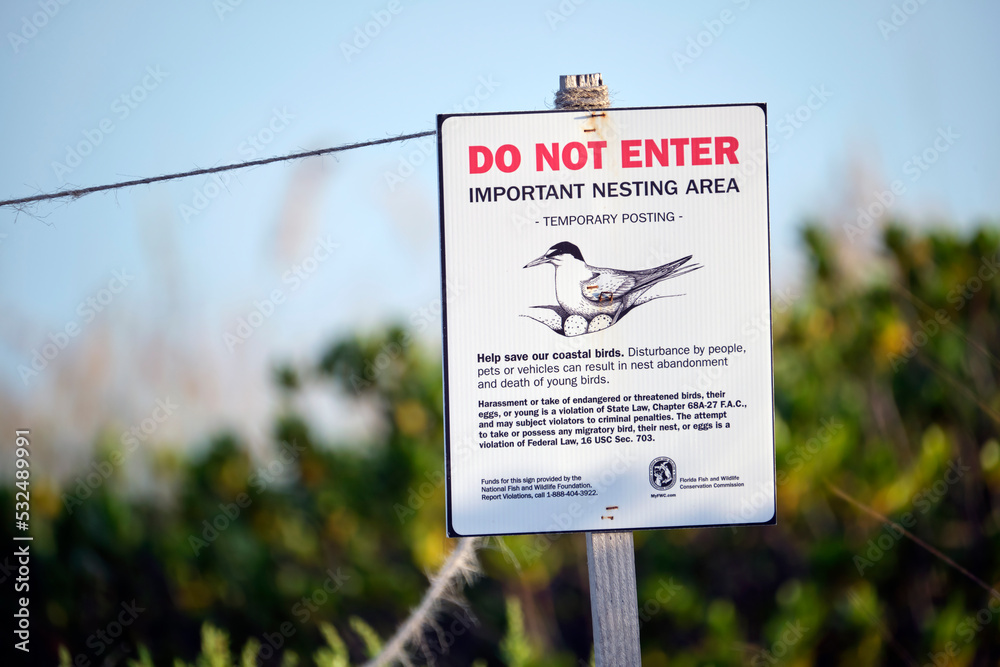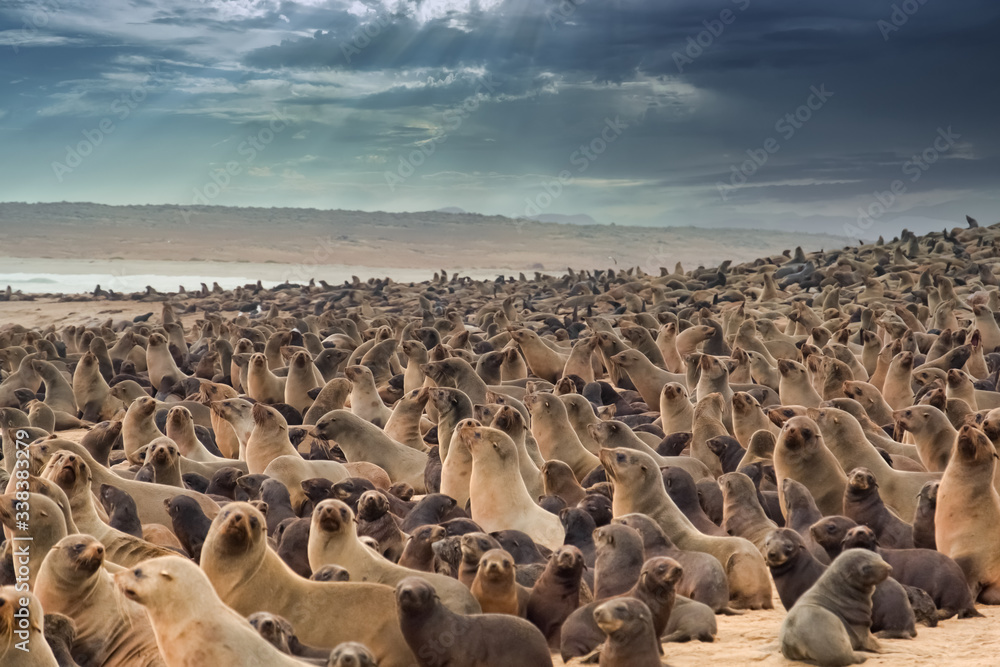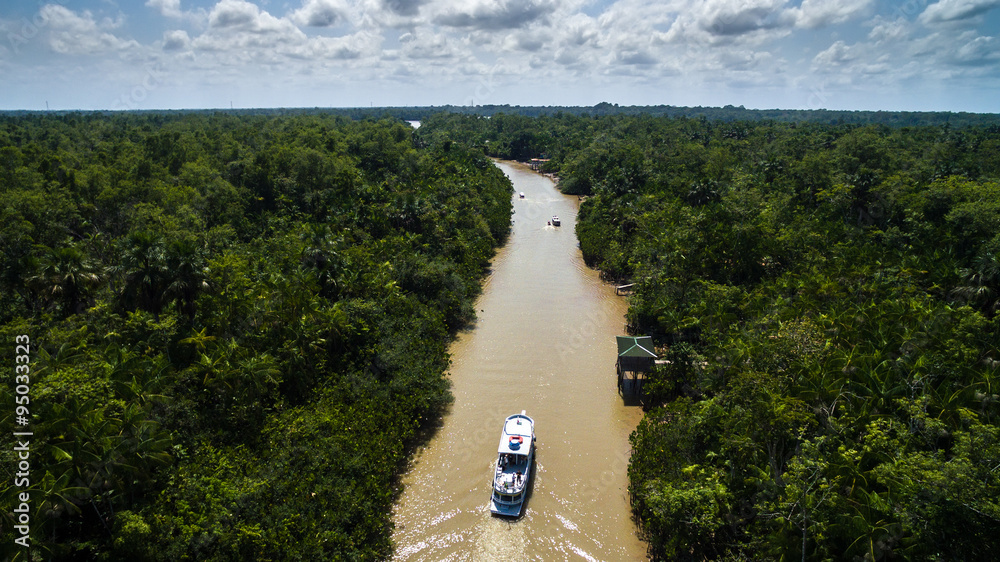Animal populations experience average -report reveals (2023)
Earth’s wildlife populations have plunged by an average of 69% in just under 50 years, according to a leading scientific assessment, as humans continue to clear forests, consume beyond the limits of the planet and pollute on an industrial scale.
From the open ocean to tropical rainforests, the abundance of birds, fish, amphibians and reptiles is in freefall, declining on average by more than two-thirds between 1970 and 2018, according to the WWF and Zoological Society of London’s (ZSL) biennial Living Planet Report. Two years ago, the figure stood at 68%, four years ago, it was at 60%.
Many scientists believe we are living through the sixth mass extinction – the largest loss of life on Earth since the time of the dinosaurs – and that it is being driven by humans. The report’s 89 authors are urging world leaders to reach an ambitious agreement at the Cop15 biodiversity summit in Canada this December and to slash carbon emissions to limit global heating to below 1.5C this decade to halt the rampant destruction of nature.
The Living Planet Index combines global analysis of 32,000 populations of 5,230 animal species to measure changes in wildlife abundance across continents and taxa, producing a graph similar to the Life on Earth Index.
Latin America and the Caribbean, which includes the Amazon, saw the largest decline in the average size of wildlife populations, down 94 percent over 48 years. Tanya Steele, executive director of WWF UK, said: "This report tells us that Latin America has experienced the worst decline, home to the Amazon, the world's largest tropical rainforest. Deforestation is accelerating there, which is not only depriving The trees of this unique ecosystem also rob the wildlife that depend on them and the ability of the Amazon to be one of our greatest allies in the fight against climate change."
Africa came in second with a 66% drop, followed by Asia and the Pacific with a 55% drop and North America with a 20% drop. Europe and Central Asia fell 18%. The total loss is similar to humans the Americas, Africa, Oceania and China disappearing, according to the report.
The researchers stress that it is increasingly difficult for animals to move across the terrestrial landscape due to blocked infrastructure and farmland. Of rivers over 1,000 kilometers (600 miles) long, only 37 percent remain free-flowing along their entire length, and only 10 percent of the world's protected areas are connected to land.
Future declines are not inevitable, say the authors, who prioritized the Himalayas, Southeast Asia, the east coast of Australia, the Albertine Rift and Eastern Arc Mountains in East Africa, and the Amazon Basin.
IUCN is also developing a measure of an animal's conservation potential, known as its green status, which will allow researchers to find recovery pathways for some of the planet's 1 million species threatened with extinction. In a study last year, pink pigeons, burrowing betons and Sumatran rhinos were highlighted as species with good conservation potential.
Robin Freeman, Head of Metrics and Ratings unit at ZSL, said it was clear that humanity is eroding the very foundations of life, and urgent action is needed. “In order to see any bending of the curve of biodiversity loss … it’s not just about conservation it’s about changing production and consumption – and the only way that we are going to be able to legislate or call for that is to have these clear measurable targets that ask for recovery of abundance, reduction of extinction risk and the ceasing of extinctions at Cop15 in December.”




Comments